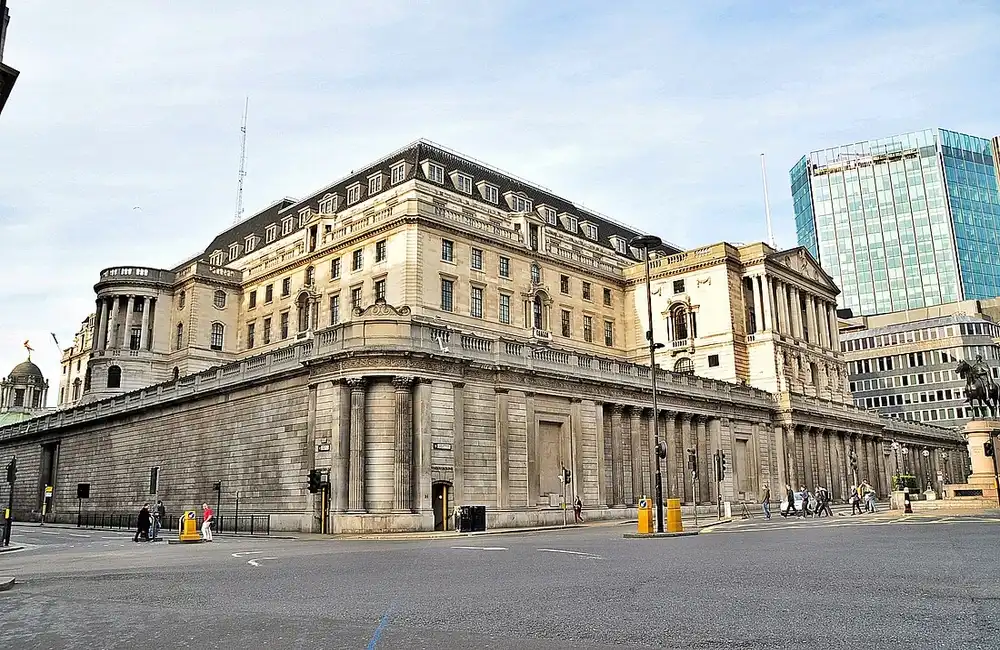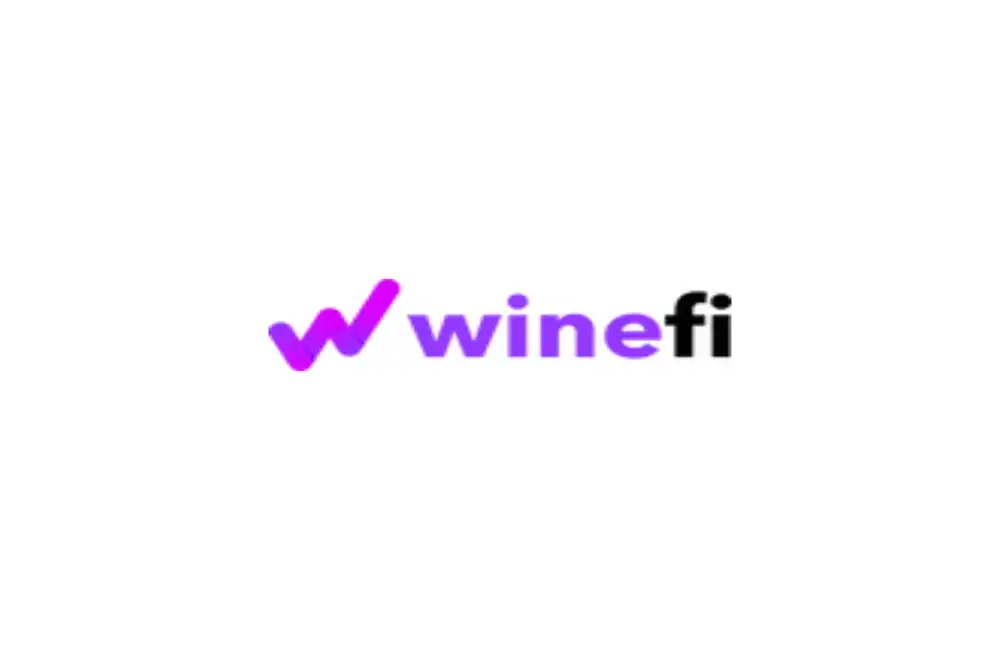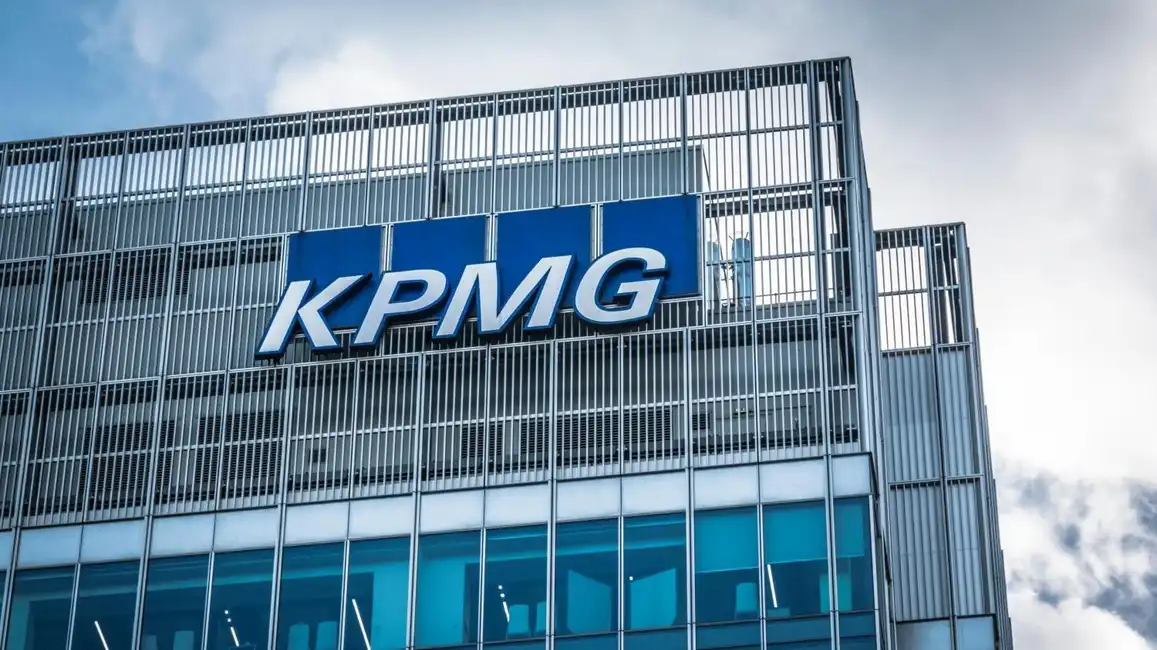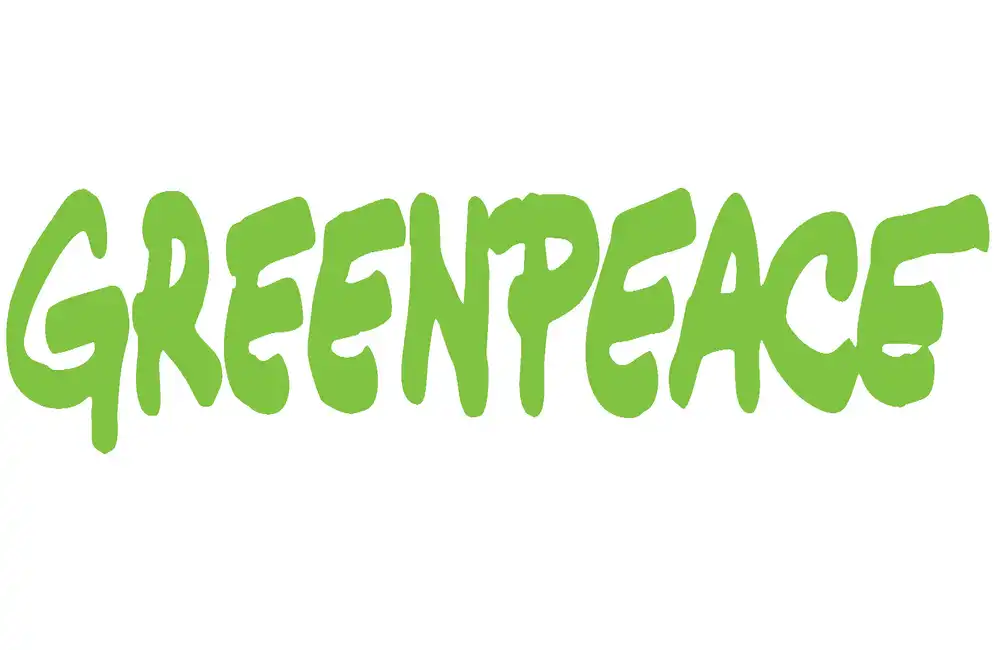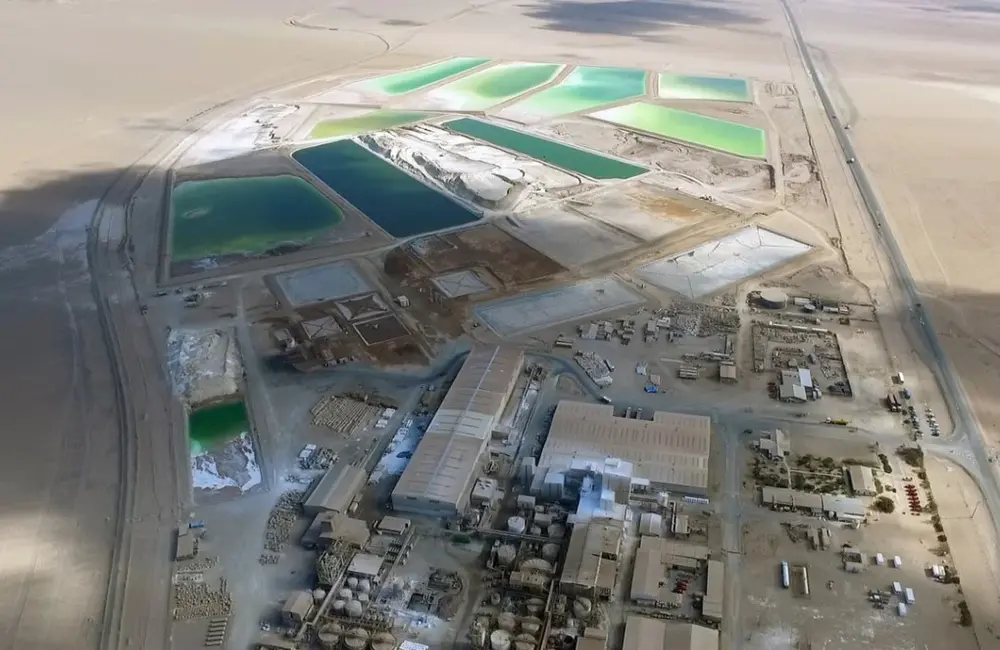As the annual Cobalt Institute Conference returns in person for the first time in Zurich from May 17-18, sentiment is what market participants are acutely attempting to measure.
Cobalt Market Dynamics and Supply Chain Challenges
A downturn in cobalt hydroxide prices, sluggish metal demand, and a worsening global economic picture have significantly shifted market dynamics. The rally in battery raw materials has lost steam.
Although cobalt hydroxide prices have fallen by about $0.50/lb on three occasions since June 2021, the recent drop of $2.30/lb since April 2022 is the steepest, bringing the price down from a peak of around $34/lb. As of May 16, Platts assessed 30% Co cobalt hydroxide at $31.70/lb CIF China for spot cargoes, based on deliveries 15-60 days out.
Logistics and Supply Chain Disruptions
Logistics have played a major role in the current market conditions. The Durban region, a key logistics hub, faced severe flooding that brought operations to a halt. Glencore declared force majeure on cobalt hydroxide deliveries in mid-April. While no product losses were reported, some units needed repackaging, and shipping delays ensued. Some vessels began departing Durban by early May, but supply chain disruptions persist.
Despite these supply-side constraints, aggressive downstream cuts have outweighed the impact, pushing prices down from the 2021 rally levels of $13.55/lb to a high of $34/lb.
Pandemic Resurgence and Demand Weakness in China
The resurgence of COVID-19 led to lockdowns in major Chinese cities like Shanghai and Beijing, halting operations at key automotive hubs such as SAIC Motor Corp. and the Tesla Gigafactory. Though production gradually resumed, the April numbers were telling: China's production of new energy vehicles dropped 33% YoY to 210,000 units, and sales fell 38.3% to 299,000 units, per CAAM.
Many manufacturers either suspended production or faced shortages due to transport issues, leading to a sharp double-digit decline.
Midstream Challenges and Inventory Build-up
Refiners and cathode makers in China cut back output due to fewer downstream orders and rising costs. The estimated cost of producing cobalt sulfate was Yuan 120,000/mt, while cobalt hydroxide stood around $32/lb as of mid-May. Spot trades for cobalt salts as low as Yuan 95,000/mt resulted in negative margins, discouraging production.
Traders offloaded materials to relieve financial strain, while well-stocked inventories meant there was little urgency to buy. “A lot of cobalt sulfate inventories exist,” said one Chinese trader. Another major refiner added, “Some are even considering walking away from long-term contracts because of the losses.”
The consensus is that the current weak market conditions could persist through May and well into June. “I don’t think they'll start reopening until the entire city has zero cases,” noted a Chinese precursor maker. At the same time, port congestion has worsened, with vessels skipping Chinese ports entirely in some cases.
Outlook and Delayed Cargoes
While cargoes from Durban are delayed by about a month, some buyers are not in a rush to receive material given weak demand. “The later the better,” said one Chinese refiner.
Though ships have started to depart from Durban, recovery in shipping and supply chains will take time. However, optimism remains that once China's economy fully reopens, cobalt demand and prices will rebound. Market participants are closely watching for the end of COVID restrictions as a potential inflection point for a price recovery.


